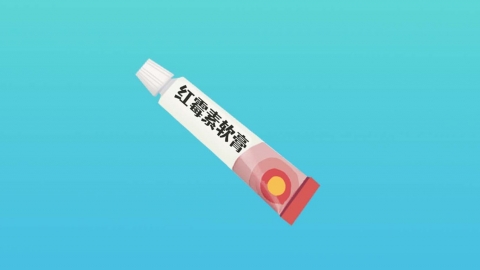Can erythromycin ointment treat redness at the corners of the mouth?
Generally speaking, if redness at the corners of the mouth is caused by a bacterial infection, erythromycin ointment is usually effective. However, if the redness is caused by contact with an allergen, erythromycin ointment is typically not effective. Detailed analysis is as follows:

If the redness at the corners of the mouth is caused by bacterial infection, erythromycin ointment is usually effective. Bacterial infections, such as those caused by Staphylococcus or Streptococcus, may lead to an inflammatory response on the skin around the mouth, presenting symptoms such as redness and pain. Erythromycin ointment belongs to the macrolide class of antibiotics and has antibacterial properties. It works by inhibiting bacterial protein synthesis, thereby achieving antibacterial and anti-inflammatory effects, reducing the inflammatory response at the corners of the mouth, and relieving the redness.
If the redness at the corners of the mouth is caused by contact with allergens, such as lipsticks, foods, or cosmetics, then erythromycin ointment will not provide therapeutic benefits. Allergic reactions are immune responses triggered by the body's reaction to allergens, and treatment mainly involves the use of antiallergic medications, such as oral antihistamines, to relieve symptoms. Erythromycin ointment does not have antiallergic properties and cannot prevent or stop the occurrence and progression of allergic reactions.
Before using erythromycin ointment, it is recommended to first identify the specific cause of the redness at the corners of the mouth. At the same time, maintaining healthy lifestyle and dietary habits is important for preventing the occurrence of redness.






